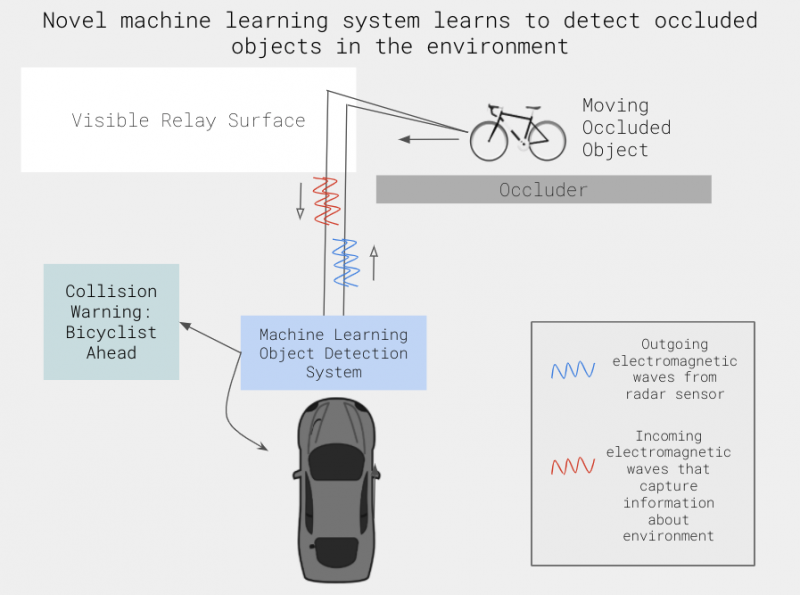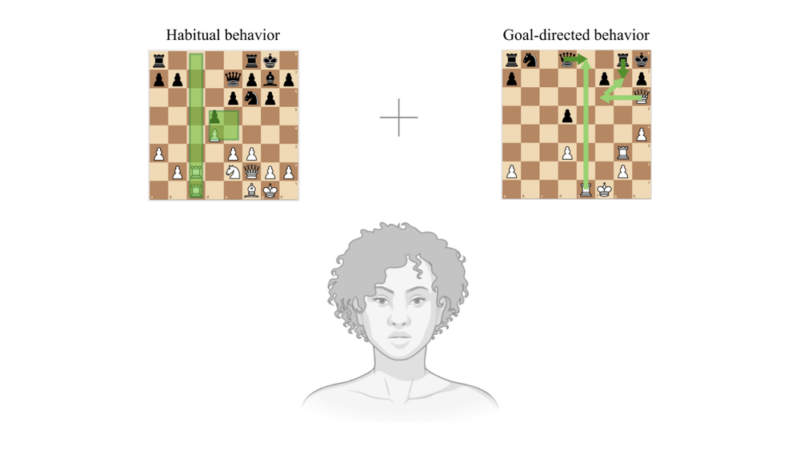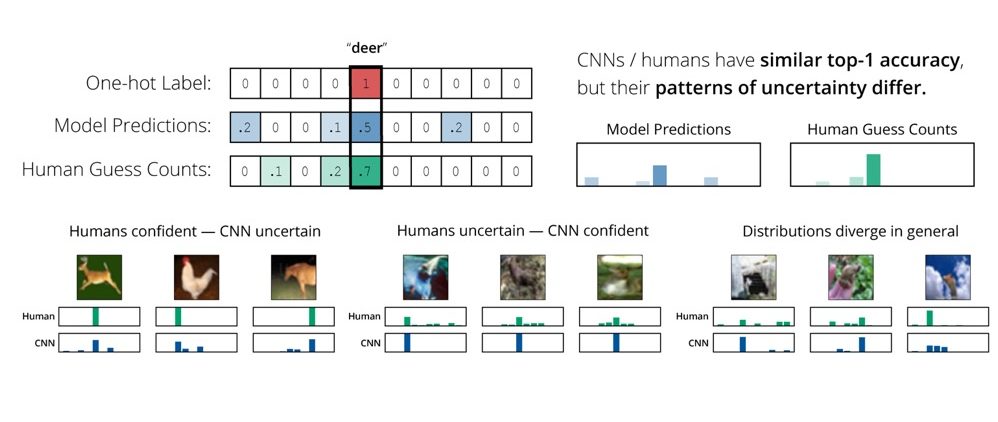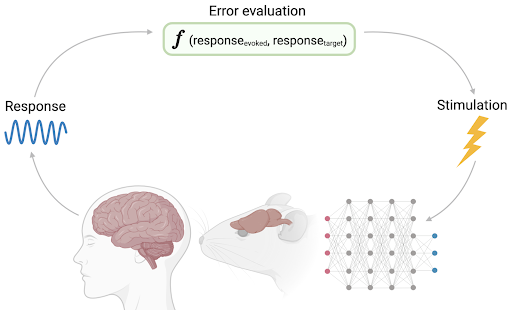Episode 2 of Princeton Insights: The Highlights
In this episode of The Highlights, we're joined by Talmo Pereira, a Ph.D. candidate in the Department of Neuroscience. Pereira holds a Porter Ogden Jacobus Fellowship, one of the highest graduate honors given by the University. We discuss the ups and downs of grad school and how the software he is developing, Social LEAP Estimates Animal Poses (SLEAP), is working to unite neuroscience, ecology, and computer science.
RESOURCES:
Princeton Insights coverage: A computational model for automated tracking of socially-interacting animals.
Original Paper: SLEAP: Multi-animal pose tracking.
Coverage by the Daily Princetonian.
CREDITS:
This episode of The Highlights was produced under the 145th Managing Board of the Daily Princetonian in partnership with Princeton Insights. Talmo Pereira is a Ph.D. candidate in the Department of Neuroscience. He can be reached at talmo@princeton.edu.
Written/Hosted by Thiago Tarraf Varella GS and Andy Jones GS.
Produced by Isabel Rodrigues.
Original Insights Coverage by Andy Jones GS.
Subscribe to The Highlights on Spotify, Podcast Addict, or wherever you get your podcasts! And subscribe to the Daily Princetonian to get the latest news at Princeton!




